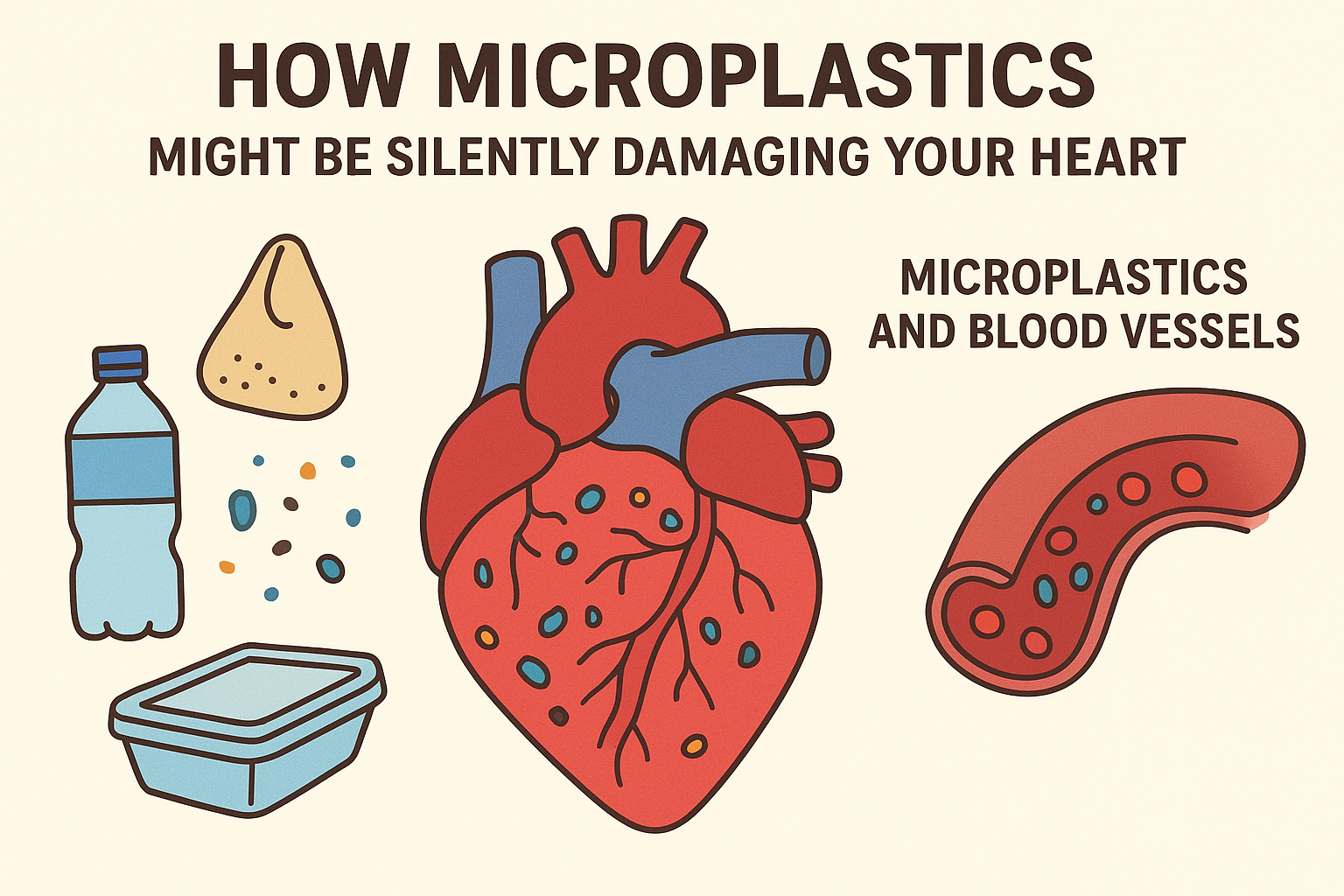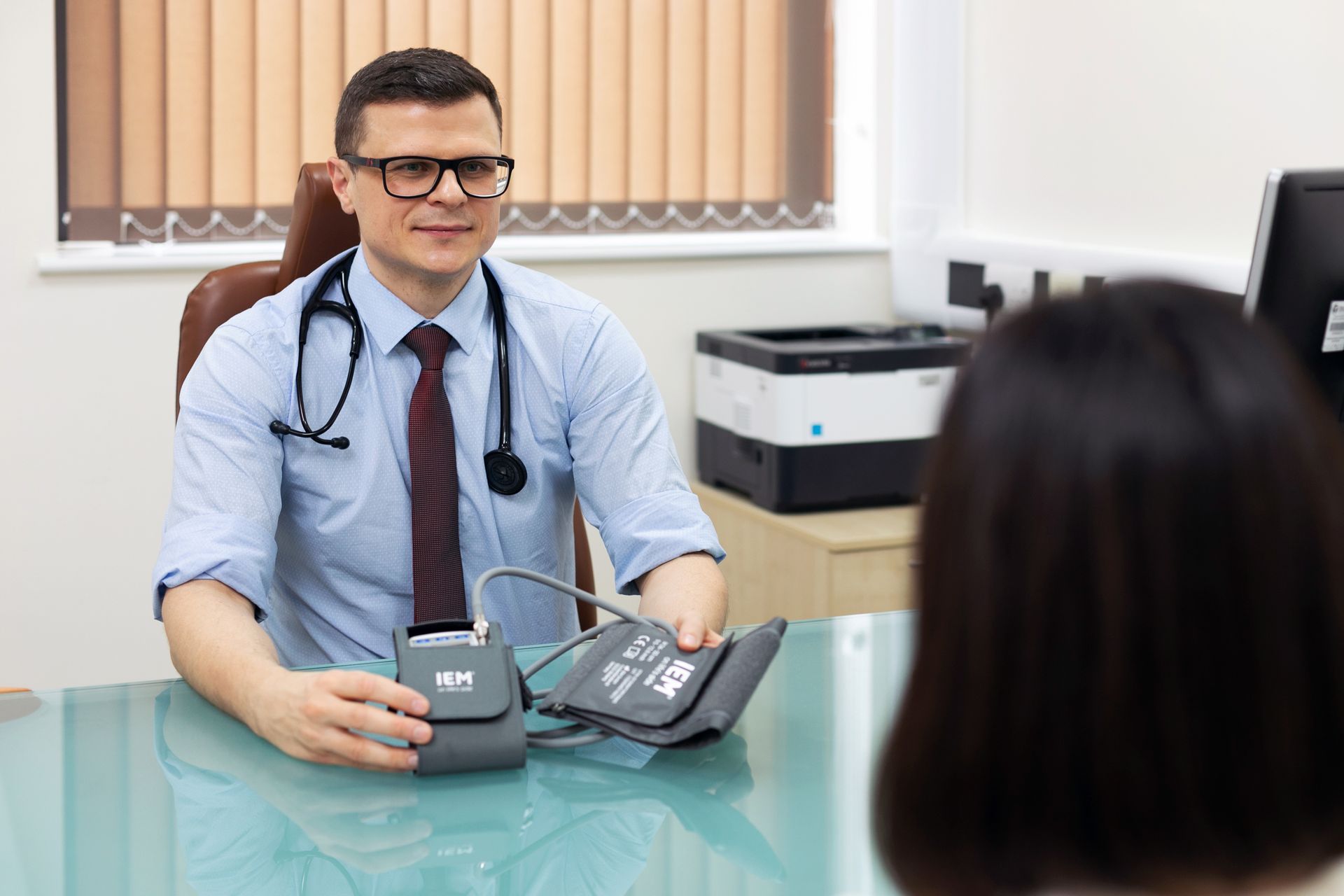
The short answer is `yes`, if used wisely, virtual reality fitness can help you hit evidence-based activity targets, improve aerobic capacity, reduce blood pressure in some groups, and make workouts more enjoyable so you actually stick with them.
But it’s not magic, and the details matter: intensity, frequency, and how you manage things like VR sickness and tracking.
Below, we describe the VR workout benefits that matter for your heart, what the research really shows (with links to real publications)
Why your heart cares about movement—no matter if it`s virtual reality fitness
Globally accepted guidelines are clear: adults should accumulate at least 150 minutes of moderate or at least 75 minutes of vigorous aerobic activity weekly, plus muscle-strengthening on two or more days.
Hitting those targets turns down your risk of cardiovascular disease, stroke, type 2 diabetes, and premature death. That’s the “what.” Virtual reality fitness is simply one way to achieve the “how.”
What counts as “cardio” inside a headset?
When researchers evaluate whether VR “counts,” they look at energy expenditure (EE), oxygen consumption (VO₂), heart rate (HR), and metabolic equivalents (METs) during active VR titles (sometimes called “exergames,” e.g., rhythm boxing, dance, or choreographed movement apps).
- A study published in 2024 assessed a popular subscription VR program (Supernatural) found its “Flow” and “Boxing” modes produced vigorous intensity exercise on average based on measured VO₂ and METs. The authors concluded: Both the Flow and Boxing gameplay modes in Supernatural qualify as vigorous physical activity and have the potential to support both mental and physical health. As such, Supernatural may serve as an effective exercise modality within a VO₂ training program.
https://games.jmir.org/2024/1/e53999
- Other lab work shows that active VR gaming can reach moderate to, at times, vigorous intensities—though estimates vary by game, player, and the method used to measure energy burn. One 2023 methods study found large variations in EE depending on whether you use accelerometers, HR, or indirect calorimetry. The authors concluded that the wrist-worn accelerometer was the most accurate in estimating EE.
https://www.mdpi.com/1660-4601/20/2/1548
Does VR improve heart-health outcomes?
Cardiac rehabilitation & clinical populations
This is where the most robust data exist, because rehab programs routinely track functional capacity and adherence.
- A 2024 meta-analysis of VR interventions in cardiac rehabilitation reported improvements in exercise capacity (e.g., longer or higher-workload tests) and reductions in negative emotions versus controls. The authors concluded VR is an effective adjunct, while calling for more trials on hard clinical outcomes.
- A 2022 systematic review and meta-analysis of “exergaming” in patients with cardiovascular disease found that exergaming does not appear to offer greater benefits than conventional cardiac rehabilitation programs in improving exercise capacity, quality of life, or mental health in patients with cardiovascular disease.
https://www.mdpi.com/1660-4601/19/6/3492
- A randomized controlled trial in coronary artery disease tested a home-based VR exercise program against booklet-guided exercise and routine care. The VR program did not demonstrate superior outcomes compared with the control group or across its different formats in terms of physical activity and exercise tolerance. However, for lower-limb functional muscle strength, the virtual reality format yielded significantly better results than the conventional format, though not compared with the control group.
https://dx.doi.org/10.36660/ijcs.20190177
- Earlier controlled work in ischemic heart disease patients found that adding VR videogame sessions to phase II rehab improved ergometry performance, METs, and fatigue resistance with high adherence and satisfaction.
https://pubmed.ncbi.nlm.nih.gov/33207670/
2) Blood pressure and fitness in the general population
- A 2024 pilot in older adults with hypertension found greater BP reductions after a 6-week VR exergame program compared with controls, and participants frequently achieved target HR during sessions—suggesting VR can reliably drive training intensity in seniors when content is appropriate.
https://link.springer.com/article/10.1007/s10055-024-01073-1
- Beyond BP, exergame interventions in middle-aged and older adults have shown improved aerobic fitness and links to heart rate variability (HRV)—a complementary indicator of autonomic balance associated with cardiovascular risk.
https://onlinelibrary.wiley.com/doi/10.1002/ejsc.12249
Why VR sometimes may work better than “regular” cardio
Instant feedback and presence
VR offers compelling visual and audio feedback, flow-state music timing, and clear targets (hit the cue, dodge the wall). That keeps you working without clock-watching, and presence can reduce perceived exertion for a given HR. A study from 2022 concluded that during Active Virtual Reality Games, perceived exertion may underestimate actual exertion, and exertion levels can vary depending on the gaming environment. These insights are valuable for VR developers and health professionals seeking to integrate exercise and fitness regimens into emerging large-scale virtual platforms, such as the possible metaverse.
https://www.frontiersin.org/journals/rehabilitation-sciences/articles/10.3389/fresc.2022.887740/full
Frequently asked questions
“Is swinging my arms in VR ‘real’ cardio compared with running?”
If your heart rate and breathing are in the correct zones for enough minutes, your heart “sees” it as cardio. You might recruit different muscles than running, but cardiovascular load is what drives many protective adaptations. Multiple studies confirm moderate intensity during active VR titles based on direct VO₂ and HR measures.
“Can I replace all gym work with VR?”
You can do most of your aerobic minutes in VR if you enjoy it and tolerate it well. Still include strength training—in or out of VR—twice a week. Think of VR as a flexible aerobic platform, not a total replacement for all modalities.
The verdict – exercise and heart health
Virtual reality fitness is not a shortcut around physiology—but it is a powerful, engaging way to do more of the exercise we already know protects the heart. The best evidence to date shows that adding or substituting active VR sessions can increase exercise capacity, improve mood, and reduce blood pressure in certain populations—especially when programs are thoughtfully designed, progression is built in, and sessions hit true moderate-to-vigorous intensity. That’s the essence of authentic VR workout benefits.
If you choose titles you love, track intensity simply (heart rate + talk test), and program your week around AHA/WHO targets, VR can absolutely be part of your long-term strategy to strengthen your heart.
Dr Bart Olechowski’s specialist interest and services include:
- Interventional Cardiology, especially treatment for ischemic heart disease: heart attacks, angina, intracoronary stents, coronary angiograms.
- General Cardiology, diagnosing and treating conditions like chest pains, breathlessness, palpitations, blackouts. Circle
- Management of:
- Hypertension (high blood pressure)
- Heart failure
- Atrial fibrillation and other arrhythmias
- Valvular heart disease
- Diagnostic and monitoring tools & services:
- Echocardiograms (he performs them himself)
- ECGs and Holter / heartbeat monitoring
- 24-hour ambulatory blood pressure monitoring.
- Dr Bart runs “one-stop” clinics in some of his private practice settings, which means patient can get clinical review + echocardiogram + monitoring on one visit.











